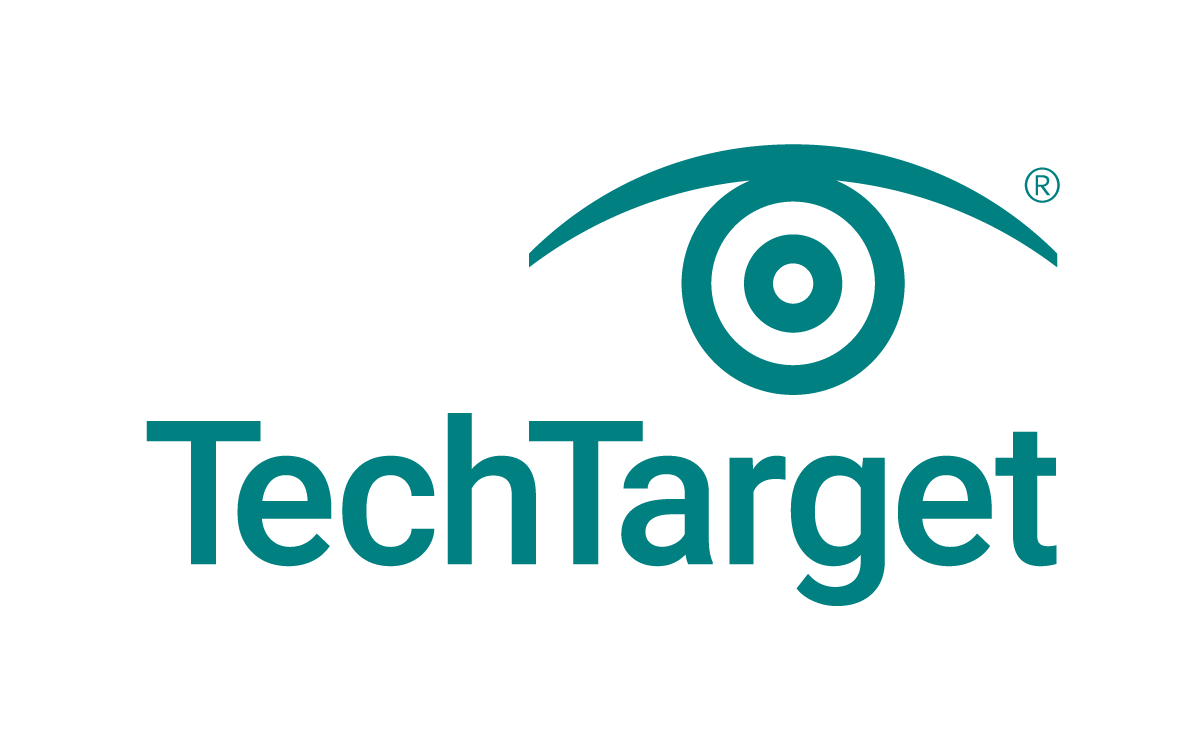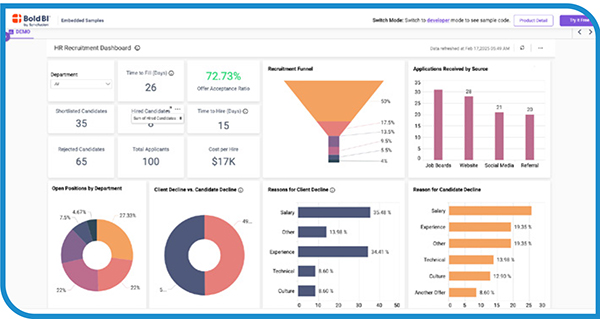Strengthening healthcare cyber defenses challenged by third-party, asset-related risks
Editor's Note Healthcare organizations are improving their ability to respond to cyberattacks but continue to fall short on preventing them—particularly when it comes to managing third-party and asset-related risks. That’s the key takeaway from the 2025 Healthcare Cybersecurity Benchmarking Study conducted by KLAS Research and partner organizations. Surveying 69 healthcare…
CMS vision shifts as agency halts funding for state programs

Editor's Note The Centers for Medicare & Medicaid Services (CMS) will no longer approve federal matching funds for designated state health programs (DSHPs) and designated state investment programs (DSIPs) that are not directly related to Medicaid services. According to the April 10 announcement, the decision aims to preserve the core…
FDA clears AI platform for real-time surgical measurements

Editor's Note What is reportedly the first technology to allow dynamic, 3D, segmental visualization of anatomy during surgery earned a second 510(k) clearance from the US Food and Drug Administration, according to an April 8 press release from developer Proprio. Designed to let surgeons measure progress during surgery without scrubbing…
Study: Mortality prediction models fail to recognize severe patient injuries

Editor's Note Machine learning (ML) models designed to predict patient mortality are falling short when it comes to identifying severe injuries that could lead to death, according to a March 27 report in TechTarget. The article focuses on research published in Nature Communications Medicine found that ML mortality prediction models…
Survey: AI reduces administrative burden, improves physician outlook

Editor's Note Physicians are feeling more optimistic about their profession and are beginning to see tangible benefits from AI in reducing administrative tasks, according to the latest Physician Sentiment Survey (PSS) from athenahealth. Physicians’ day-to-day outlook has improved in recent years despite ongoing concerns about US healthcare, the organization reported…
Commentary: Technology no substitute for cadaver-based medical education

Editor's Note Although cadaver-based education is far from perfect, medical schools should reconsider eliminating these programs for surgeons and other professionals, first-year medical student Nadir Al Saidi argues in a March 31 commentary in Stat. “The weight of an actual body beneath your inexperienced hands is as real a preparation…
Partnership promises to expand liver transplant access, improve organ viability

Editor's Note A new partnership between OrganOx and ProCure On-Demand aims to increase the number of viable donor livers for transplantation by combining advanced perfusion technology with expert recovery services, Fierce Healthcare reported March 17. The collaboration seeks to reduce the number of discarded organs and improve transplant success rates…
Advance of AI in nursing prompts safety, autonomy concerns

Editor's Note Although hospitals are already integrating artificial intelligence (AI), nurses warn that the technology may undermine their expertise and compromise patient care, The Associated Press (AP) reported March 16. The push for AI in healthcare stems from widespread nursing shortages. More than 100,000 nurses left the workforce during the…
Study: Machine learning improves OR efficiency, but challenges remain

Editor's Note Machine learning (ML) is enhancing OR efficiency by optimizing scheduling, predicting surgical durations, and reducing delays, according to a systematic review published February 21 in Cureus. However, privacy concerns, data access limitations, and the need for further validation remain barriers to widespread implementation. The review analyzed 21 studies…
Human resources dashboards reshape workforce planning

Takeaways • HR dashboards facilitate tracking key performance indicators related to recruitment, retention, and staffing needs. • HR dashboard data facilitate planning for current operations as well as new endeavors. • Elements of a successful HR dashboard include capability to determine users’ needs, to filter data in multiple ways, and…

 Free Daily News
Free Daily News